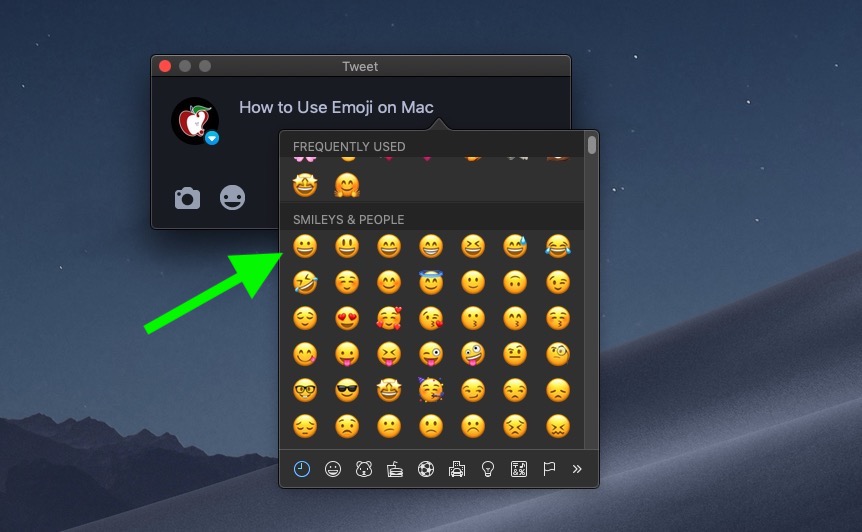So you’ve found a perfect new employee to add to your team. How are you going to keep them? Companies lose, on average, 25% of new hires within the first year, so how can you stop that from happening?
As an employer, it’s your responsibility to set our new employees up for success. You have to help new hires thrive in your workplace! But how can you do that?
We’re here to talk about it. Keep reading for a few top onboarding and training tips that will set your valuable new employees up for success.
Contents
First: A Good Interview
The new-hire onboarding process really begins with the final interview. As soon as you know that you’re planning on hiring someone, make sure that this is a good experience.
During the interview, you want to prepare the future employee for the job as best as you can. They’re going to start their job with questions, but they should have a good idea of benefits, their salary, and what they should expect from their future workplace.
Always treat future employees kindly during interviews. Let them know that it would be a privilege to have them on your team.
Pre-Onboarding Checklist
When you’ve hired your employee, the onboarding process starts right away. Don’t wait until your employee’s first day on the job to start onboarding!
Pre-onboarding will help prepare you and your employee for their first day. But what should your pre-onboarding process look like if you want to set your new hire up for success?
Here are a few suggestions.
A Welcome Email
You should always welcome your new employees with a warm email. Let them know that you’re happy to have them on your team and put them at ease. While this email is going to contain professional and important information, it should also be fairly casual.
In the email, you should make sure to include the employee’s first day start time and date. If you have a brick-and-mortar workplace, include the location. Your employee likely already knows all of these things, but it never hurts to make sure.
Send your employee a new employee handbook (or include these details in your email). If there’s a dress code, mention it in the email. Give a brief rundown of what your employee should expect on their first day.
You want to put your new hire at ease before they even enter the office. Everyone gets first-day jitters, but your email can help.
Preparing Your Workplace and Employees
After you send your email, start preparing your workplace for your new employee.
You’re going to want to make sure that there’s a place for them to work. Whether it’s a cubicle, a desk, or simply a designated spot at the counter, your employee will feel more welcome if they have a designated space.
You should also use this time to talk to your current employees bout the new hire. Don’t simply drop a new person into the workplace before warning your current employees (especially if your new hire is going to supervise other employees).
Discuss your expectations with your current employees. Give them some background information about the new hire so they’ll be able to make them feel welcome right away.
This is also a good time to ask another employee to mentor the new employee or be their “buddy.” Consider having that employee send the new hire an email.
Also read: Success in your career begins in your conscience!
The Onboarding Process: Day One to Week One
The onboarding process is lengthy, but the first day through the first week may be the most important part. This might be the difference between your employee staying with your company long-term and them quitting within the first month.
Remember that employees need a slow start. Their first day should be low-stress and manageable. Even through the first week, they’re going to be in the early stages of acclimating themselves to their new position.
It’s tempting to have your employee hit the ground running, but this can cause serious confusion and burnout.
Here are a few things that you should do on the first day and throughout the first week as your employee adjusts to your workplace.
Give Them The Grand Tour
When your employee arrives on their first day of work, meet them at the door (or have another employee meet them). You should start by giving them a tour of their new work environment.
Make sure that you give them a complete tour, even if they won’t be working in every department. Acquaint them with each area so they feel comfortable navigating the workplace on their own.
Do you have anything fun at your workplace to show off? Some businesses have rec rooms or outdoor sitting areas that are appealing to new employees.
Show your employee where they’ll be taking their breaks, where they can store their things, and where all of the restrooms are. Make sure to show them your office as well as the offices of anyone else who will be overseeing them.
End at their workstation and let them get to know it. Talk about what they are (and aren’t) allowed to do with their station.
Introduce Them to Other Employees
After you’ve given new employees a tour, introduce them to other employees. You’ve already briefed your current employees on your new hire(s), but now everyone can get to know each other.
If you’ve chosen a mentor, introduce them to your new hire right away and have them exchange some kind of contact information.
Consider doing some kind of icebreaker, introduction, or team-building activity. Team-building activities might seem juvenile, but by establishing your new employee as part of a team right away, you’ll set them up for success.
Give Them Access to Training
Your employee will be going through training for the first few months, in some capacity, but it’s helpful to give them access to training materials right away.
On the very first day, this can simply be a rundown of the job and basic instructions. Within the first week, you should try to do harassment training and workplace safety training. It’s helpful to choose this time to complete training sessions with all of your current employees as well.
Getting Down to Business
During the first few days of onboarding, you’re going to want to have a one-on-one talk with your employee about the job. This is also when you have them sign all necessary documents. You can use employee onboarding software to make this process easier.
Walk the employee through all of the paperwork that you give them. Make sure that they don’t have any questions (or, if they do, that you’re able to answer them right away).
Again, remind your employee that you’re happy to have them on your team. They should be excited to work for you!
Onboarding: One Month Forward
Onboarding is a long-term process. While some employees may be settled in within the first week of their employment, it’s not uncommon for employees to continue learning the ropes for months.
This means that you need to have an onboarding plan that allows you to continue connecting with your employee while they continue adapting.
Here are a few things that you should do when you’re onboarding your employee through the first month (and beyond).
Giving Feedback
You should always be giving employees feedback, but for more hires, feedback is even more important. You want to let them know where they’re thriving and where they need improvement.
Make sure that you remember that this employee is still new. You can’t expect them to be working at the same level as your longer-term employees yet. Even highly-qualified and competent employees have adjustment periods when they’re learning new things.
Try to balance praise and (constructive) criticism during the first employee feedback session. Be supportive.
Receiving Feedback
While giving feedback is important, it’s no more important than receiving feedback. Many employers are hesitant to take and apply feedback from employees, but taking feedback and being flexible will make you a better leader.
Check-in with your employee at some point within the first month (earlier is better). Ask them how they’re feeling, how they’re adapting to the workplace, and what they’re struggling with.
Often, employees will feel hesitant to ask questions or ask for help because they’re worried about impressing their employers. Let them know that you have an open-door policy and that you’re always ready to provide support.
Ask them for feedback about their onboarding experience. This is a great opportunity for you to learn what’s working and what isn’t so you can make changes for the future.
One-on-One Guidance
Whether it’s via you or a mentor, make sure that your employee has access to one-on-one guidance and coaching during their first month of employment. Even employees who prefer independence can benefit from an experienced mentor showing them the ropes.
It’s helpful to give an employee a buddy for every assignment that they take on or to work with them. This one-on-one guidance is a game-changer when it comes to employee productivity and retention.
The “Tutorial Level”
When your employee is working with someone else one-on-one, you’re going to start giving them projects. These projects should be relatively manageable, even if the employee has experience with the same types of projects from previous positions. This is the tutorial level of your workplace.
These projects should be important, but low-stakes. You want your employee to have the freedom to learn in an environment where failure isn’t a disaster right away. Make sure that they know that they have a safety net.
This is a trial run for them where they can start to get their bearings. If you try to push too many projects on your new employee right away, they can get stressed and start to burn out.
By giving your employees easier assignments early on, you’ll help them build their own confidence. You’ll let them get a taste of success and motivate them to continue that momentum going forward.
Understanding Your Employee’s Needs
So what about when you aren’t actively going through the onboarding process? Even when this process is over, you need to keep your new employee’s needs in mind while they’re adjusting to their new environment.
Try to put yourself in your employee’s position. Remember what it was like to be a new hire and consider what you would have wanted or needed at the time. No two people are alike, but this is a great starting point.
Consider your employee’s strengths and weaknesses when you’re onboarding them. Have they admitted any shortcomings? Can these shortcomings be beneficial with the right guidance?
Is your employee adjusting to a new situation beyond a new job? While you may not know much about your employee’s personal life, if they’ve just moved for work, or if they’re new to the workforce in general, they’re going to face extra challenges.
If an employee has a disability, make sure that you go beyond basic accommodations. Talk to your employee about what they need from you in order to thrive at your workplace.
Help Your New Hires Thrive
These new hire training tips are a great starting point for you as an employer. Use them to construct your onboarding plan and acclimate your valuable new hires to their new workplace.
Remember, a successful onboarding process is crucial when it comes to overall employee retention. Make the first month of your new hire’s employment supportive and successful!
For more helpful articles all about business and more, visit the rest of our site.




